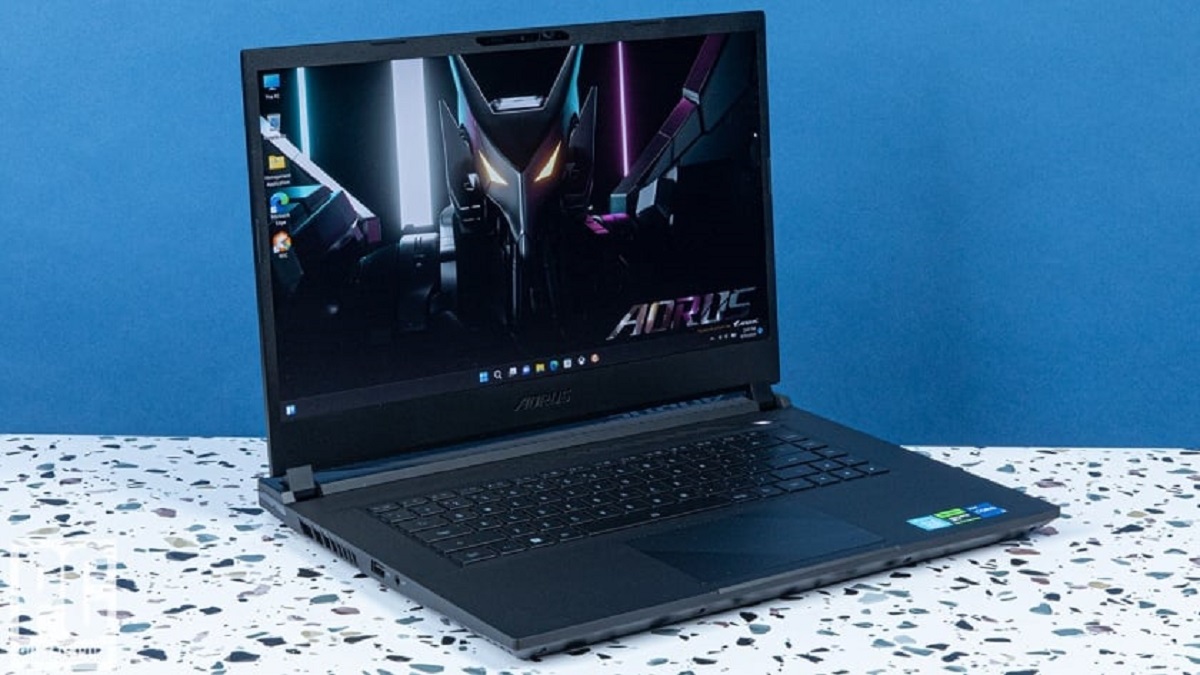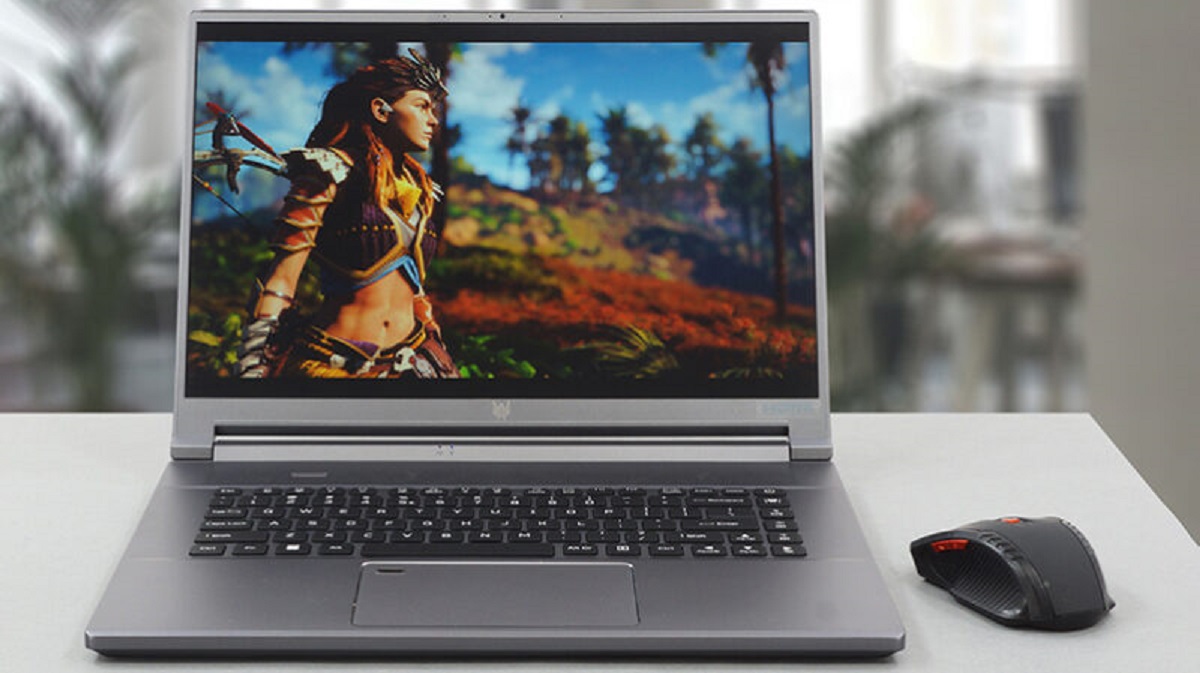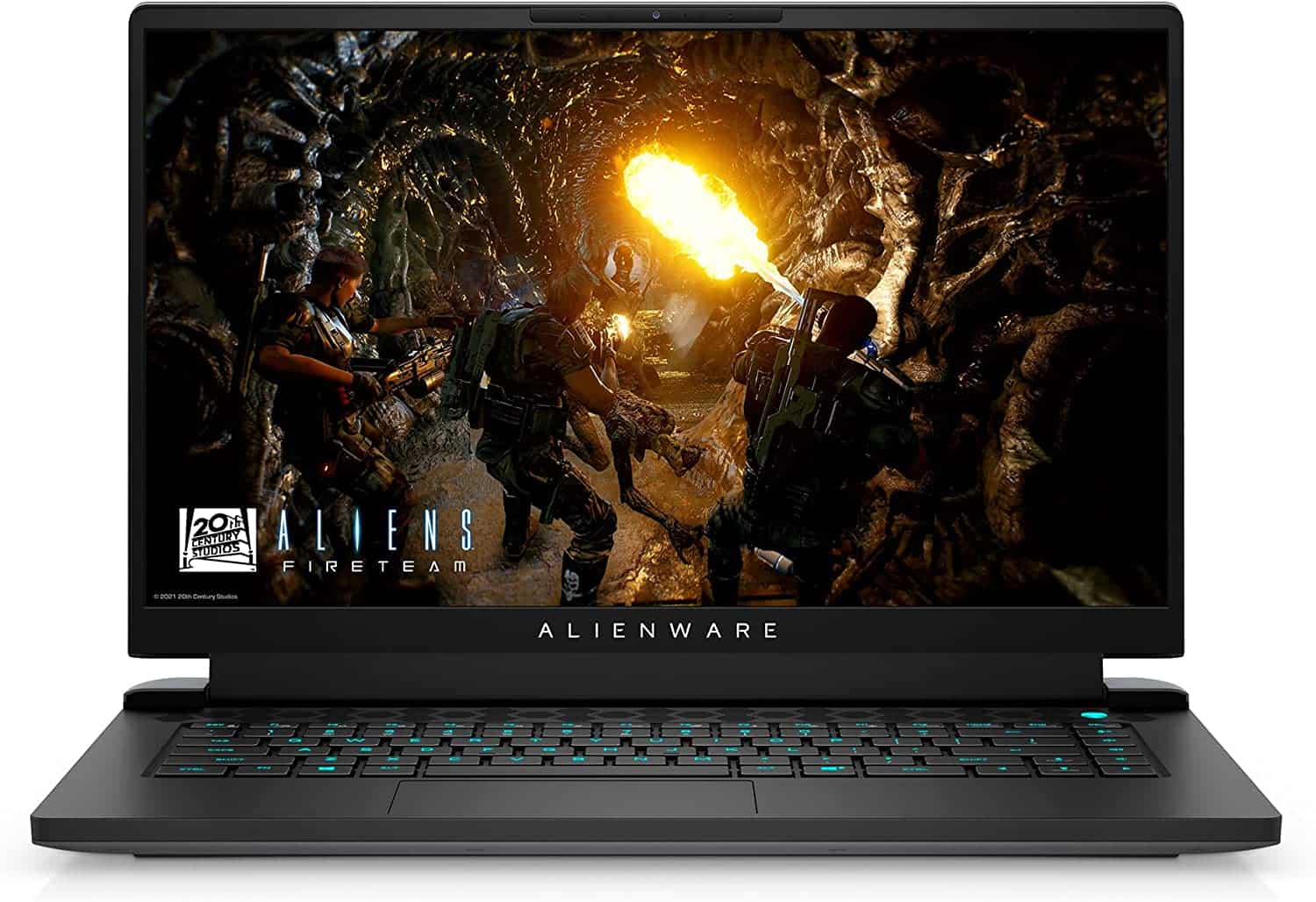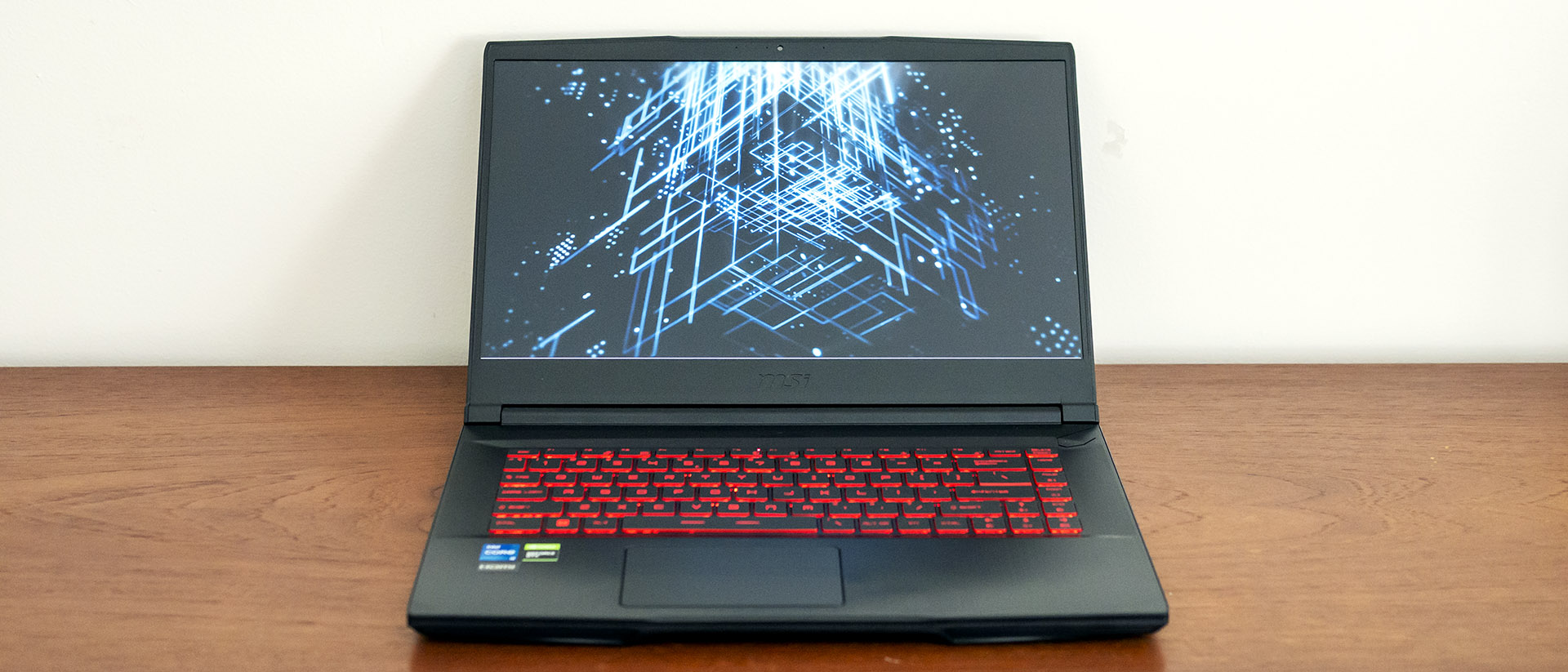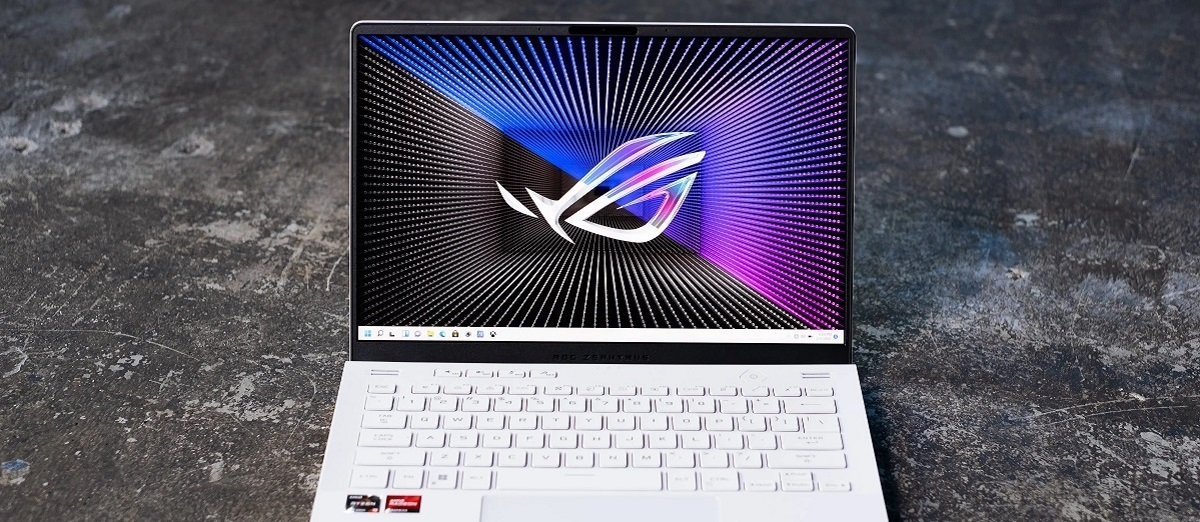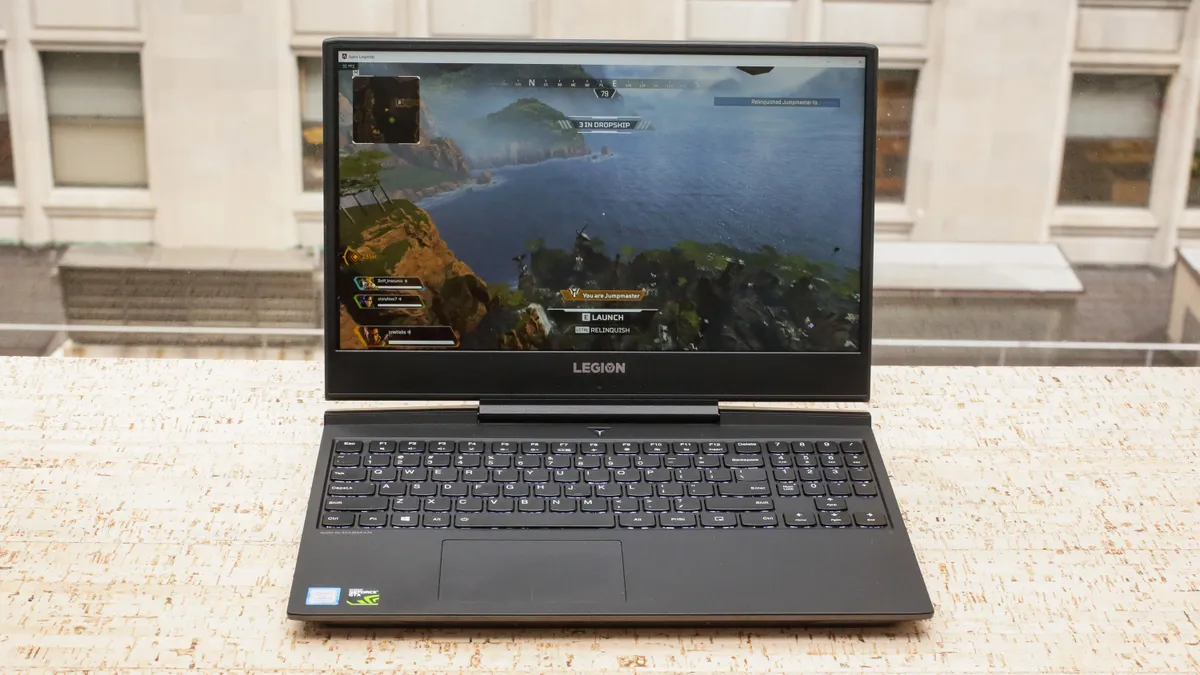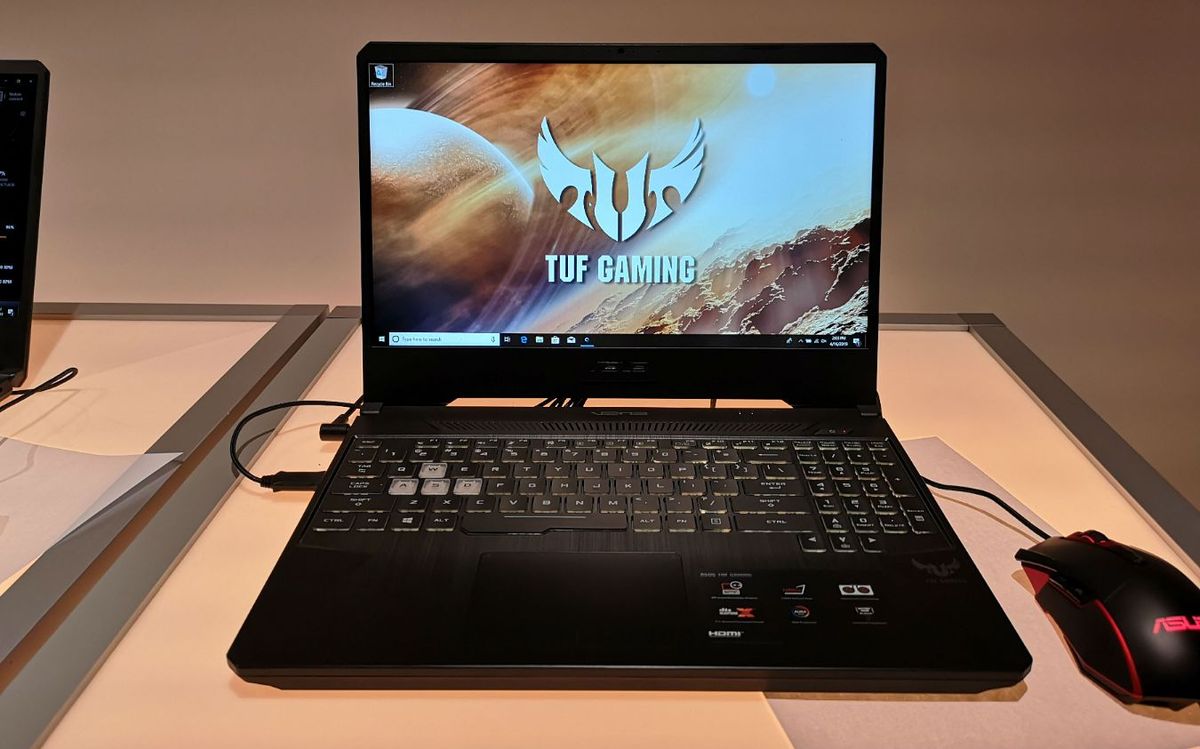Introduction
Gaming laptops have become increasingly popular among gamers and tech enthusiasts due to their ability to deliver high-performance gaming experiences on the go. However, one common concern that arises when using a gaming laptop is understanding the power requirements necessary to ensure smooth and uninterrupted gameplay. One crucial aspect of this is determining the number of amps needed to run a gaming laptop effectively.
An amp, short for “ampere,” is a unit of electric current measurement. It represents the rate at which electric charge flows through a circuit. When it comes to gaming laptops, the amp requirement is an essential factor to consider to avoid power-related issues and ensure optimal performance.
Understanding the amp requirement of your gaming laptop is crucial to prevent it from drawing more current than your power source can provide. If the laptop requires more amps than what the power source can deliver, it could lead to insufficient power supply, which can result in performance issues, overheating, or even damage to the laptop’s components.
In this article, we will delve into the factors that determine the amp requirement of a gaming laptop and provide some tips on how to run a gaming laptop efficiently. By the end of this article, you will have a solid understanding of how many amps are needed to run your gaming laptop properly, ensuring a seamless gaming experience every time.
What is an Amp?
Before we dive into understanding how many amps a gaming laptop requires, let’s explore what an amp actually is. As mentioned earlier, amp is short for “ampere” and is a unit used to measure electric current. It represents the rate at which electric charge flows through a circuit.
Electric current is the movement of electrons through a conductor, such as a wire. It is important to note that while amps represent the current, voltage measures the force or pressure at which the electric charge flows. In simple terms, amps can be seen as the amount of electrical “flow” or “stream” that powers a device.
In the case of a gaming laptop, the amp requirement refers to the amount of current it needs to function properly. This current is supplied by the power adapter or charger that comes with the laptop. Each power adapter has a specific amp rating, which indicates the maximum current it can provide to the laptop.
It’s important to select a power adapter that matches or exceeds the amp requirement of your gaming laptop. If the adapter’s amp output is lower than the laptop’s requirement, it may not be able to provide enough power, resulting in reduced performance or even charging issues.
It’s worth noting that the amp rating of a power adapter should never exceed the laptop’s amp requirement. While it may seem counterintuitive, providing more current than necessary can potentially damage the laptop’s components due to overheating.
Having a basic understanding of amps and their significance in the context of a gaming laptop will help you choose the right power adapter and ensure the device receives the necessary power for optimal performance. Now, let’s explore how to determine the amp requirement of a gaming laptop.
How many Amps does a Gaming Laptop Require?
The amp requirement of a gaming laptop can vary depending on several factors. The specific model and specifications of the laptop play a significant role in determining its amp needs. Typically, most gaming laptops have an amp requirement ranging from 4 to 8 amps.
One way to determine the amp requirement of your gaming laptop is to refer to the specifications provided by the manufacturer. The user manual or the laptop’s official website can provide detailed information about the power requirements, including the amp rating. Look for the section that mentions the power input or charger specifications to find the required amp value.
Another method is to check the information provided on the power adapter or charger itself. The amp rating is often indicated on the adapter’s label or printed directly on the charger. Make sure to look for the value in amps (A) or milliamps (mA). If the value is given in milliamps, divide it by 1000 to convert it to amps.
It’s crucial to note that the amp requirement mentioned is for the laptop’s charger and not the total power draw of the laptop itself. The laptop’s internal power management system will regulate the power flow based on its requirements, but it still needs a charger that can deliver the necessary amps.
It’s always recommended to use the original power adapter provided by the manufacturer to ensure compatibility and avoid any potential issues. If you need to replace the adapter or charger, make sure to choose one with the same or higher amp rating to meet the laptop’s requirements.
Additionally, keep in mind that the amp requirement can increase if you’re using peripherals or accessories that draw power from the laptop. This includes USB devices, external hard drives, gaming controllers, or VR headsets. Make sure to account for the power requirements of these devices when determining the overall power needs of your gaming setup.
Now that we have a clear understanding of how to determine the amp requirement of a gaming laptop, let’s explore the factors that can affect this requirement.
Factors That Affect the Amp Requirement of a Gaming Laptop
While the general range for the amp requirement of a gaming laptop is typically between 4 to 8 amps, several factors can affect the specific amp needs. Understanding these factors will help you better manage the power requirements of your gaming laptop and ensure optimal performance. Here are the key factors that can affect the amp requirement:
- Hardware Specifications: The hardware specifications of your gaming laptop, such as the processor, graphics card, and RAM, play a significant role in determining the overall power consumption. High-performance components can require more power and thus may increase the amp requirement of the laptop.
- Screen Size and Resolution: Larger screens and higher resolutions require more power to drive the display. Gaming laptops with larger screens or those equipped with high-resolution displays will have a higher power draw and might need a higher amp rating on the charger.
- Usage Intensity: The intensity of your gaming sessions also affects the power consumption of the laptop. If you tend to play graphics-intensive games or use resource-demanding applications, the laptop will draw more power to handle the load, potentially increasing the amp requirement.
- Overclocking: Overclocking is the process of increasing the clock speed of the processor or graphics card to achieve higher performance. While overclocking can enhance gaming performance, it also leads to increased power consumption. If you overclock your laptop, it is crucial to ensure that the amp rating of the power adapter can handle the extra power required.
- Peripheral Devices: The use of additional peripherals, such as external hard drives, gaming controllers, or VR headsets, can increase the overall power draw of your gaming laptop. Each peripheral device will have its own power requirements, so make sure to factor in their amp needs when determining the total power requirement.
Considering these factors will help you assess and manage the amp requirement of your gaming laptop effectively. It’s important to choose a power adapter or charger that meets or exceeds the highest amp requirement to ensure continuous and reliable power supply. Now, let’s explore some tips for running a gaming laptop efficiently.
Tips for Running a Gaming Laptop Efficiently
Running a gaming laptop efficiently not only ensures optimal performance but also helps prolong its lifespan. Here are some tips to help you maximize the efficiency of your gaming laptop:
- Optimize Power Settings: Adjusting the power settings of your gaming laptop can have a significant impact on its power consumption. Choose power-saving modes or customize power plans to prioritize battery life or performance based on your needs.
- Close Unnecessary Programs and Background Processes: Closing unnecessary applications and background processes can free up system resources, reducing power consumption and improving overall performance during gaming sessions.
- Maintain Adequate Ventilation: Adequate airflow is crucial for keeping your gaming laptop cool and preventing overheating. Ensure that the vents are not obstructed and consider using a cooling pad or external fan to dissipate heat effectively.
- Keep Your Laptop Clean: Regularly clean the laptop’s exterior and internal components, such as the keyboard, screen, and fans, to prevent dust buildup. Dust can obstruct airflow and cause the laptop to heat up, increasing power consumption and performance issues.
- Properly Manage Battery Usage: If you primarily use your gaming laptop while plugged in, consider removing the battery to reduce unnecessary charging cycles. If you frequently use the battery, make sure to calibrate it periodically to maintain its efficiency.
- Opt for Energy-Efficient Accessories: When choosing peripherals for your gaming laptop, look for energy-efficient options. For example, gaming mice and keyboards with low power consumption can contribute to overall power savings.
- Optimize In-Game Settings: Adjusting graphics settings within games can reduce the strain on your gaming laptop’s hardware, resulting in lower power consumption. Experiment with settings to find the right balance between performance and graphical quality.
- Update Drivers and Firmware: Regularly update the drivers and firmware of your gaming laptop to ensure compatibility, performance improvements, and power management optimizations.
By following these tips, you can maximize the efficiency of your gaming laptop and optimize power consumption without compromising on gaming performance. Implementing these practices will help you get the most out of your gaming experience while keeping power-related issues at bay. Before we conclude, let’s summarize what we’ve covered so far.
Conclusion
Determining the amp requirement of a gaming laptop is crucial for ensuring optimal performance and avoiding power-related issues. By understanding the factors that affect the amp requirement and following some efficient power management practices, you can enhance the gaming experience on your laptop.
Start by finding the specified amp requirement of your gaming laptop from the manufacturer’s documentation or the power adapter itself. Consider factors such as hardware specifications, screen size, and usage intensity to get a better idea of the power needs. Additionally, account for any peripheral devices you may use, as they can increase the overall power draw.
Running a gaming laptop efficiently involves optimizing power settings, closing unnecessary programs, maintaining proper ventilation, and keeping the laptop clean. It’s also important to manage the battery usage properly, choose energy-efficient accessories, optimize in-game graphics settings, and keep drivers and firmware up to date.
Following these tips will help you make the most of your gaming laptop’s performance while maintaining its longevity. By ensuring the proper amp supply and implementing efficient power management practices, you can enjoy smooth and uninterrupted gaming sessions.
Remember, the amp requirement is just one aspect of running a gaming laptop efficiently. It’s also essential to consider other factors, such as temperature regulation and software optimization, to ensure the best gaming experience possible.
Now that you have a good understanding of how many amps a gaming laptop requires and how to manage its power efficiently, you can confidently make informed decisions when it comes to choosing the right power adapter and implementing power-saving practices.










